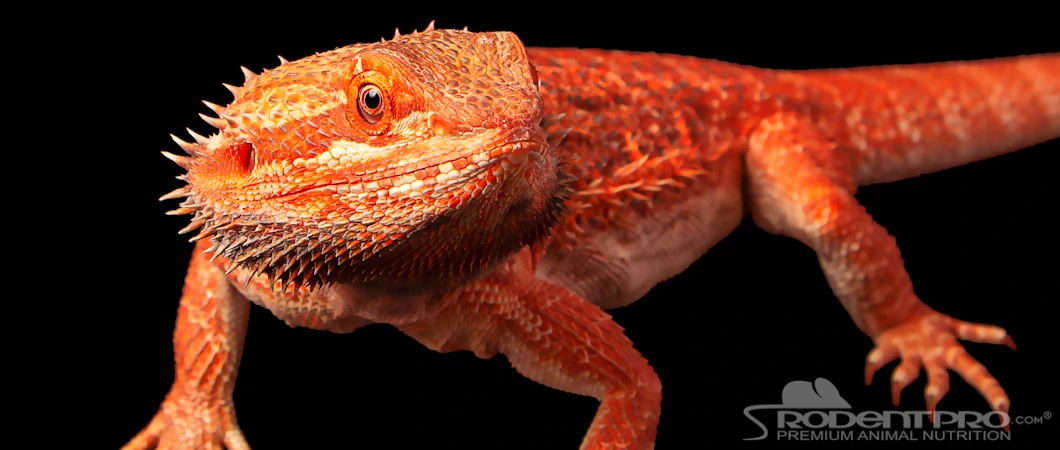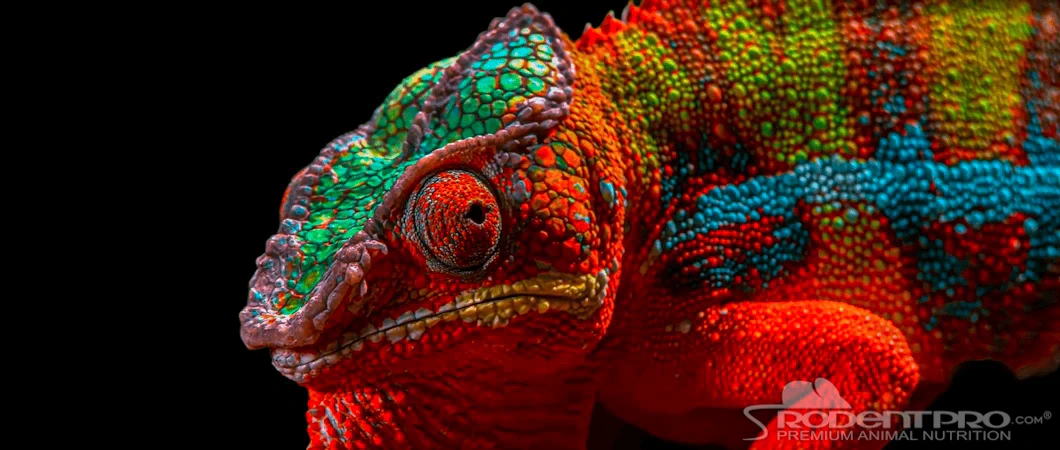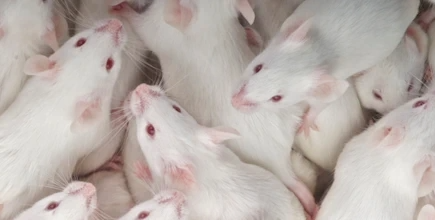
The Importance of Proper Bearded Dragon Care
These fascinating reptiles can live 10 to 12 years or even longer with proper bearded dragon care. Although dragons are some of the easiest reptiles to keep, they still require an appropriate habitat and nutrient-filled diet to thrive. Most beardies have a friendly personality and can even form a bond with their owner. This bearded dragon care guide includes all the basics to prepare you for bringing your new pet home.
Choosing the Right Enclosure Size and Type

A bearded dragon can grow up to two feet long, including its tail, and requires ample space to move and exercise. For a juvenile dragon, start with a tank of at least 20 gallons, and be prepared to increase the size as your dragon grows. Fully grown adults need at least a 40-gallon tank, but bigger is always better for these active animals.
A glass tank with a screened lid that provides ventilation and prevents escape is ideal. Wire mesh cages can be uncomfortable for their feet, and plastic tends to lock in too much humidity. Glass tanks are also easier to clean, making them the best choice.
Your dragon will need substrate at the bottom of its cage, such as sand, clay, or reptile carpet. If you use sand, choose one with varied grain sizes to prevent accidental ingestion. Add rocks or a few branches for your beardie to bask, climb, and hide. Basking in warm spots is a critical aspect of bearded dragon care while hiding places make them feel more secure.
Your tank should have a warm and cool side that allows your reptile to thermoregulate. Use a heat lamp or basking bulb for the warm side and place thermometers at each end to ensure consistent temperatures.
Keep the tank’s humidity between 20-30%, using a hygrometer to monitor levels. Bearded dragons tend to like a bit more humidity while they are shedding. Your beardie will also need 12 hours of daylight, which you can simulate using a timer and UVA/UVB bulbs.
Understanding Bearded Dragon Nutrition Needs
Bearded dragons are omnivores, eating both plant and animal matter. A balanced diet includes:
- Insects: Crickets, mealworms, waxworms and superworms
- Vegetables: Leafy greens, carrots and celery
- Fruit: Apples, tomatoes, and bananas as an occasional treat
A young dragon’s diet should consist primarily of insects, with fruits and vegetables making up the rest. As part of your bearded dragon care, remove uneaten live insects from the habitat since they can be harmful to your pet. Cut fruits and vegetables into bite-sized pieces before offering and remove any uneaten produce after about 10 hours. As bearded dragons age, they eat more leafy greens and fewer insects.
You can add protein to your adult beardie’s diet with frozen mice. Only offer frozen prey to bearded dragons over two years of age, and never give your dragon any prey wider than the space between their eyes. Pinky and fuzzy sizes are usually best. Fuzzies are available as frozen white mice, dark mice and hairless mice. Prey must be thoroughly thawed before feeding.
Bearded dragons also need access to fresh water at all times, which can be kept in a shallow dish in their habitat. If your beardie enjoys water, you can choose a container big enough for your pet to climb inside. Ensure the water is shallow to prevent drowning and change it frequently to avoid bacterial growth.
Establishing a Feeding Schedule

A young bearded dragon should eat once or twice daily, while adult dragons typically eat every 24 to 72 hours. Insects and vegetables should be their primary daily diet, with occasional fruits as a treat. You can also sparingly offer mealworms, waxworms, and superworms, which make an excellent occasional addition thanks to their high-fat content. Once your dragon is old enough, offer frozen prey, like hairless mice, no more than once a month.
Gut-loading or dusting insects before feeding boosts nutrition and is highly recommended as part of your bearded dragon care. Gut-loading allows insects to gorge on a nutrition-packed diet in the hours or days before being consumed by your pet. Dusting coats the insect with a supplemental powder before being feeding to your pet.
Tips for Handling and Interacting With Your Bearded Dragon

When you bring your bearded dragon home, leave it alone in its habitat for the first few days to allow it to adapt to its new environment. After the adjustment period, you can pick up your dragon and supervise it outside of the enclosure. Bearded dragons enjoy interacting with their owners and can even spend time outdoors in secure, controlled environments. Some owners opt for a harness to take their beardies on walks.
Your bearded dragon might enjoy relaxing in an occasional warm bath or playing with water trickling from a hose or faucet. Digging is another favorite activity for these reptiles, so consider providing a dig box for playtime. Use a digging box under close supervision, and never leave it unattended in your beardie’s habitat.
Get Started on Your Bearded Dragon Care Journey Today
A bearded dragon can bring years of joy and companionship to your home. Proper bearded dragon pet care will help your pet live a long, healthy life. Once your dragon joins the family, explore the high-quality food options at RodentPro.com®. We offer a wide range of live insects and frozen prey to ensure your pet has a diverse diet for its optimal well-being.
Get Premium Quality Food For Your Bearded Dragon
When it comes to feeding bearded dragons, you can count on RodenPro.com to provide your pets with only the finest premium quality animal food. We carry a large supply of the crickets, mealworms, waxworms, superworms and frozen rodents required to provide your bearded dragon with optimal nutrition.
We look forward to assisting you with premium products and unparalleled service!





